Taking a trip to the plant nursery is all about preparation. Arriving with no direction, rhyme, or reason, except that we want to bring home some plants, is like sending our husband to the grocery store after saying, «Just get some stuff.» It’ll be fine, we say. Oh, but how horribly wrong it can go. Nonetheless, we’ve all had those bright, sunny Saturday mornings when it feels like the world is our oyster, and we suddenly decide it’s time for a total garden makeover. Firstly, before any fertilizer is sprinkled or soil watered, you need to pick the right plants. Like our favorite grouchy outdoorsman, the Grumpy Gardener, says: «Sometimes in order to get people to do something good, you have to make them understand what’s bad.» These common plants are just that—the bad. Grumpy’s tactful tidbits have saved us a time or two in the garden, and now it’s time to pass on the plant-picking knowledge. Here are 11 of the worst plants you can—but really shouldn’t—bring home from the nursery ever again.
Bradford Pear Tree
(Pyrus calleryana «Bradford»)
The Grumpy Gardener feels quite passionately about Bradford pear trees. To be specific, he passionately despises them.
«Its flowers smell like tuna, it explodes in the wind, and its thorny seedlings come up just about everywhere,» Grumpy says. Instead, choose well-behaved trees such as crabapple, Chinese fringe, or flowering cherry.
Chameleon Plant
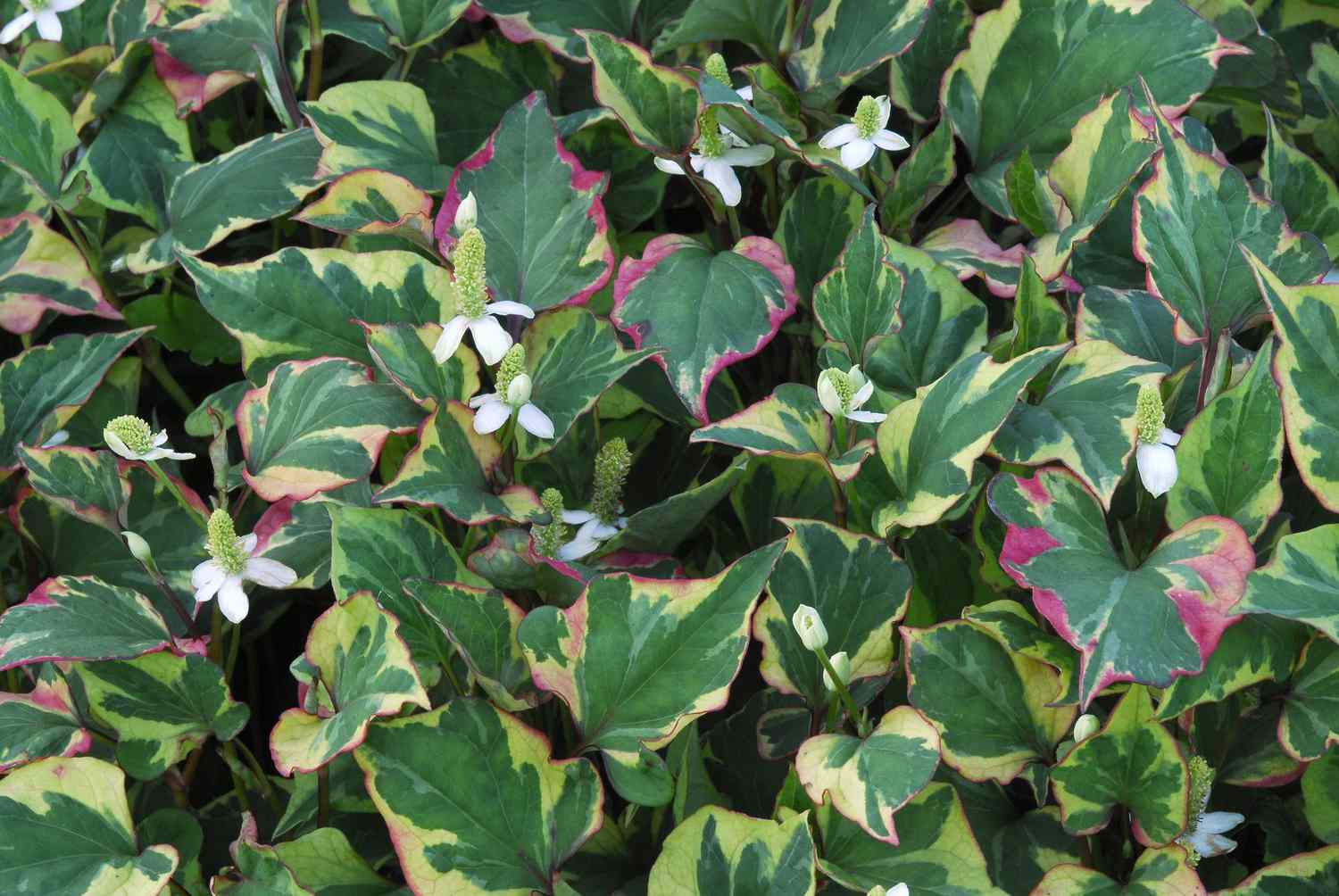
(Houttuynia cordata)
While wandering around the nursery, you might come across this plant that looks a bit like English ivy with kaleidoscopic leaves of red, pink, yellow, and green. You’ll think, «Why not? It’s fun!» Well, think again. Because it spreads, takes over, and might lose all of that pretty color (for a boring «ole green) once it’s all over the place. Grumpy feels sorry, but won’t be of much help getting rid of the plant once the deed is done.
«Set off a tactical nuclear weapon in your garden. Pave over your garden with a foot of concrete. Get Nancy Grace to move in next door,» Grumpy recommends.
Mimosa Tree

(Albizia julibrissin)
Unfortunately, this tree isn’t quite as enjoyable as the mimosas you’re sipping on at brunch. While it might remind you of your grandmother’s yard with its sweet, colorful blooms, it’s a bit of a nuisance. According to Grumpy, you should expect to «pull up thousands of its seedlings» and «gaze at a tree that’s so ugly in winter it belongs on Mount Doom.»
Golden Euonymus
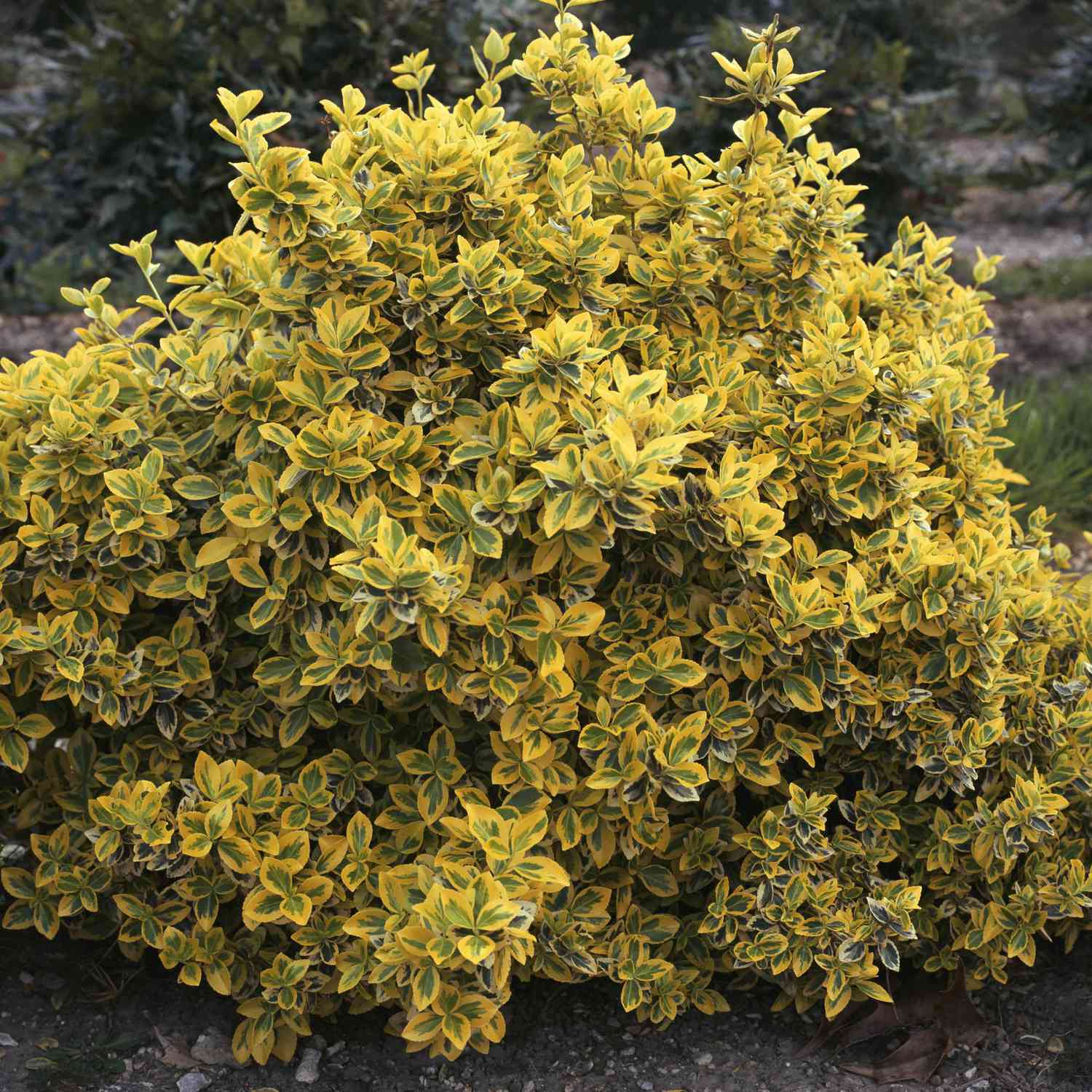
(Euonymus japonicas «Aureomarginatus»)
This pick is more about taste than smell. As in, if you take this plant home from the nursery, Grumpy questions your taste. He’ll say it until the cows come home: It’s basic, garish, mildew-prone, and doesn’t add any interest to your garden.
«If you plant this in front of your house, you probably gave your girlfriend a pop-top for an engagement ring,» Grumpy says.
Red Tip Photinia
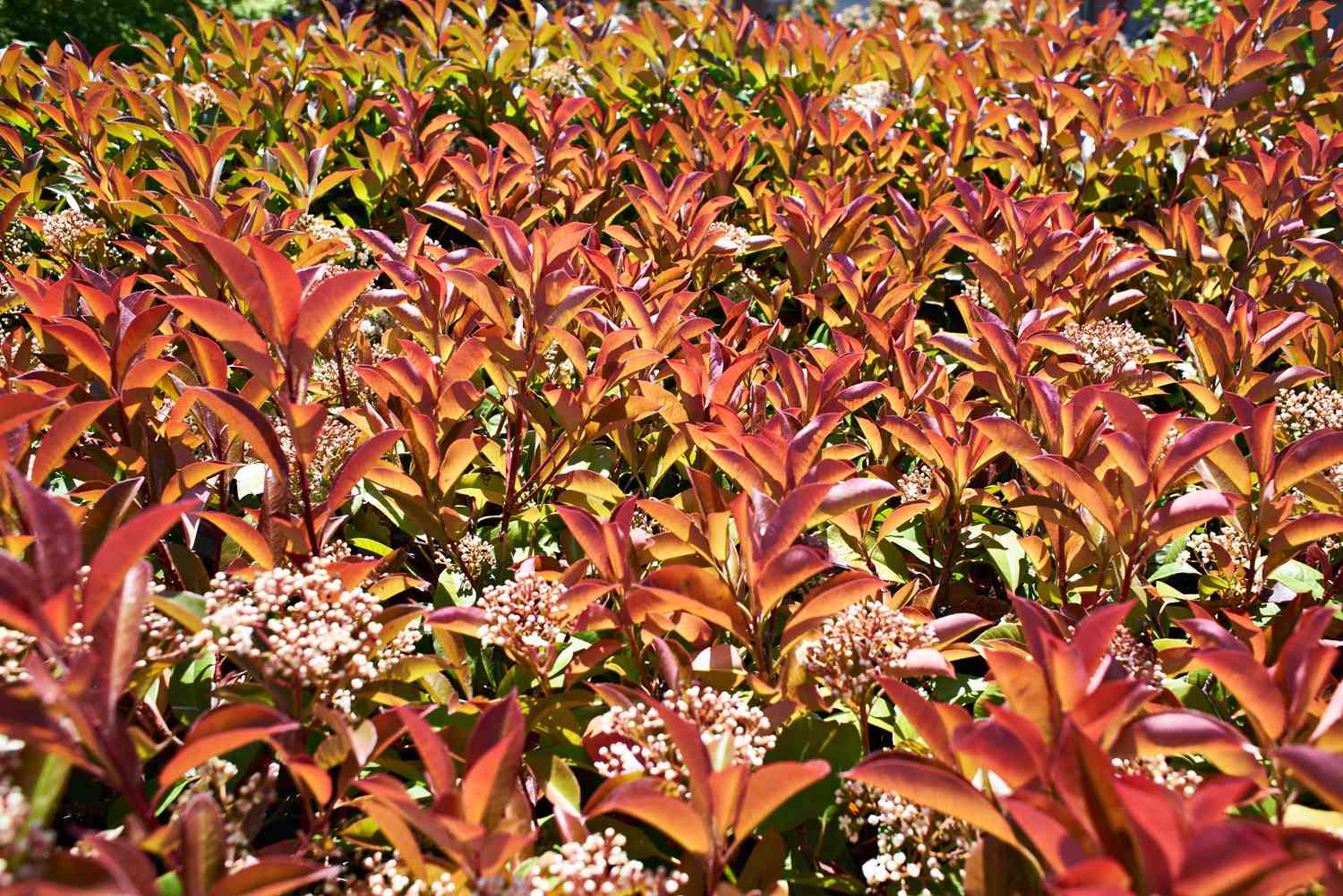
(Photinia x fraseri)
To start, there’s a reason we have an entire article about why red-tips die in the South. The humid climate makes the plant more prone to disease, specifically a virulent disease called Entomosporium leaf spot. Unless you spray regularly with a fungicide, it’ll more than likely kill your red-tips for good.
Yellow Alyssum
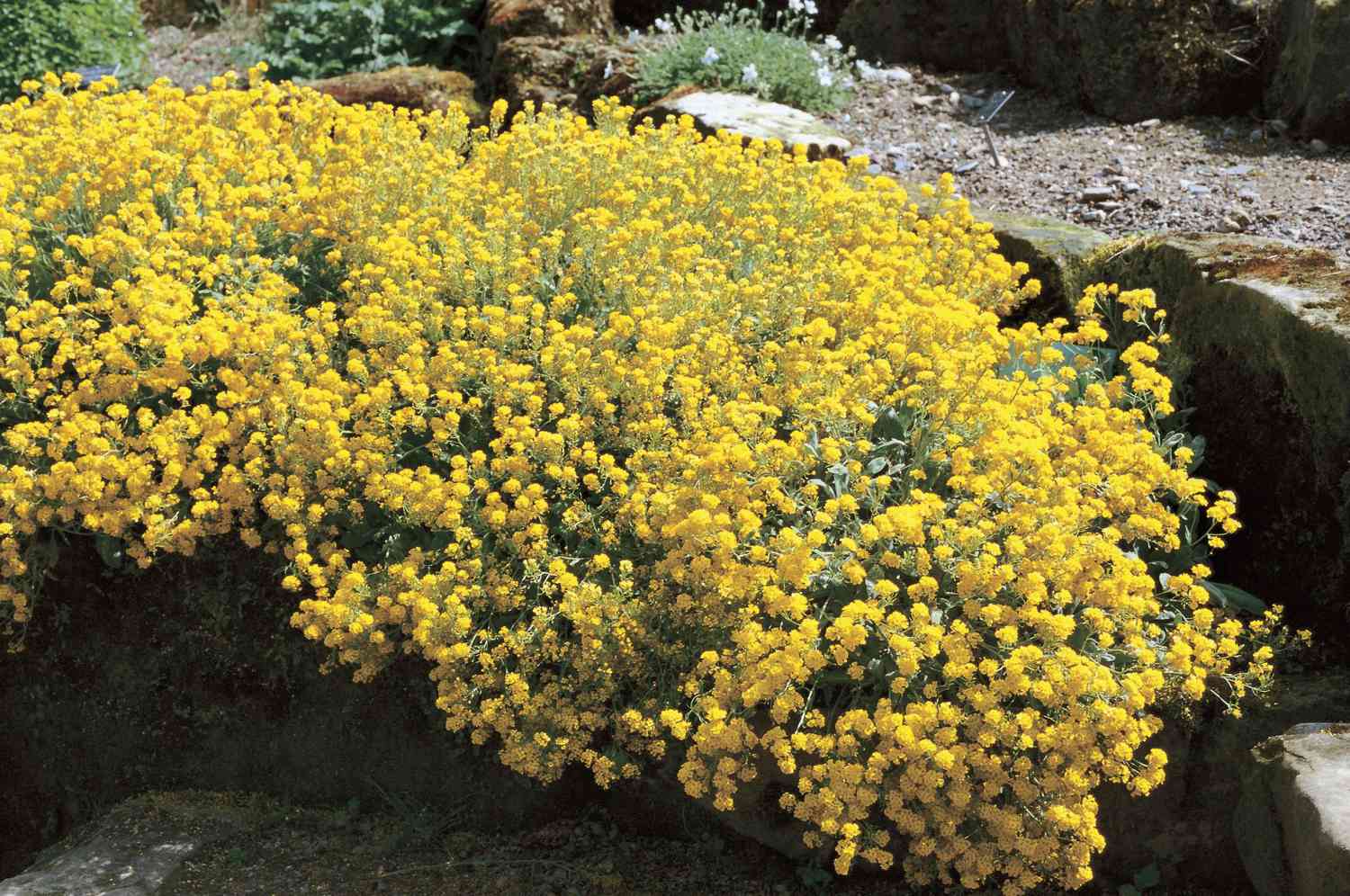
(Aurinia saxatilis)
Unlike its annual counterpart, the sweet white alyssum plant, yellow alyssum flowers are perennial, golden in color, and quite foul-smelling. To skip the stench, pick another ground-cover plant with a pop of color: Creeping Phlox, which offers stunning shades of blues, purples, and pinks for your flowerbed floor.
Virginia Creeper
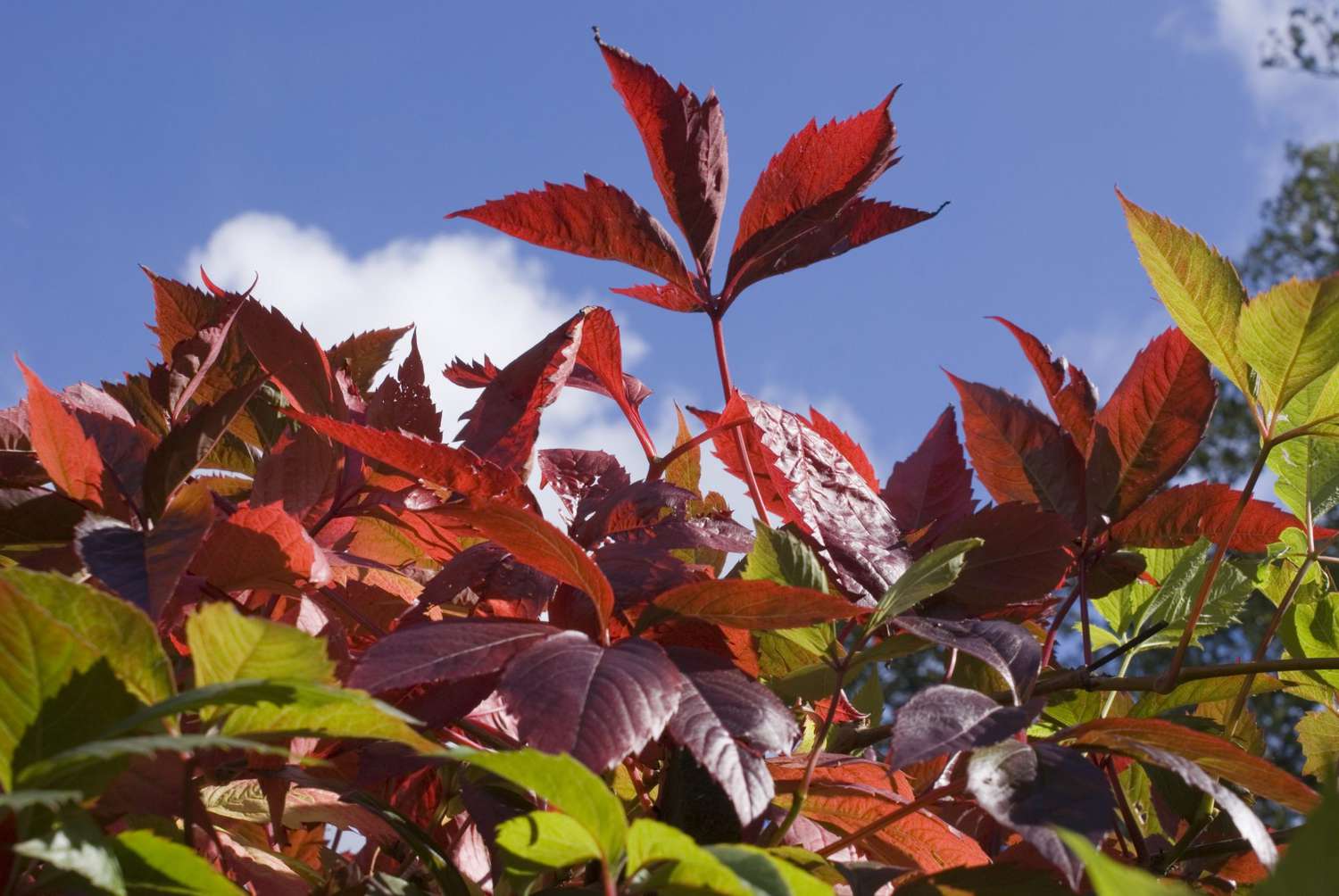
(Parthenocissus quinquefolia)
While most monster vines are foreign invaders from lands far away, this plant is one of our own. That’s right, it’s a native. The problem? It has small, root-like tendrils that like to climb straight up anything, and we mean anything. You’ll enjoy it for a hot second, then the seedlings will start sprouting all over your yard and the vines will start taking over everything. Similarly, stay away from Sweet Autumn Clematis. The innocent-looking white blooms will do you just as dirty.
Leyland Cypress
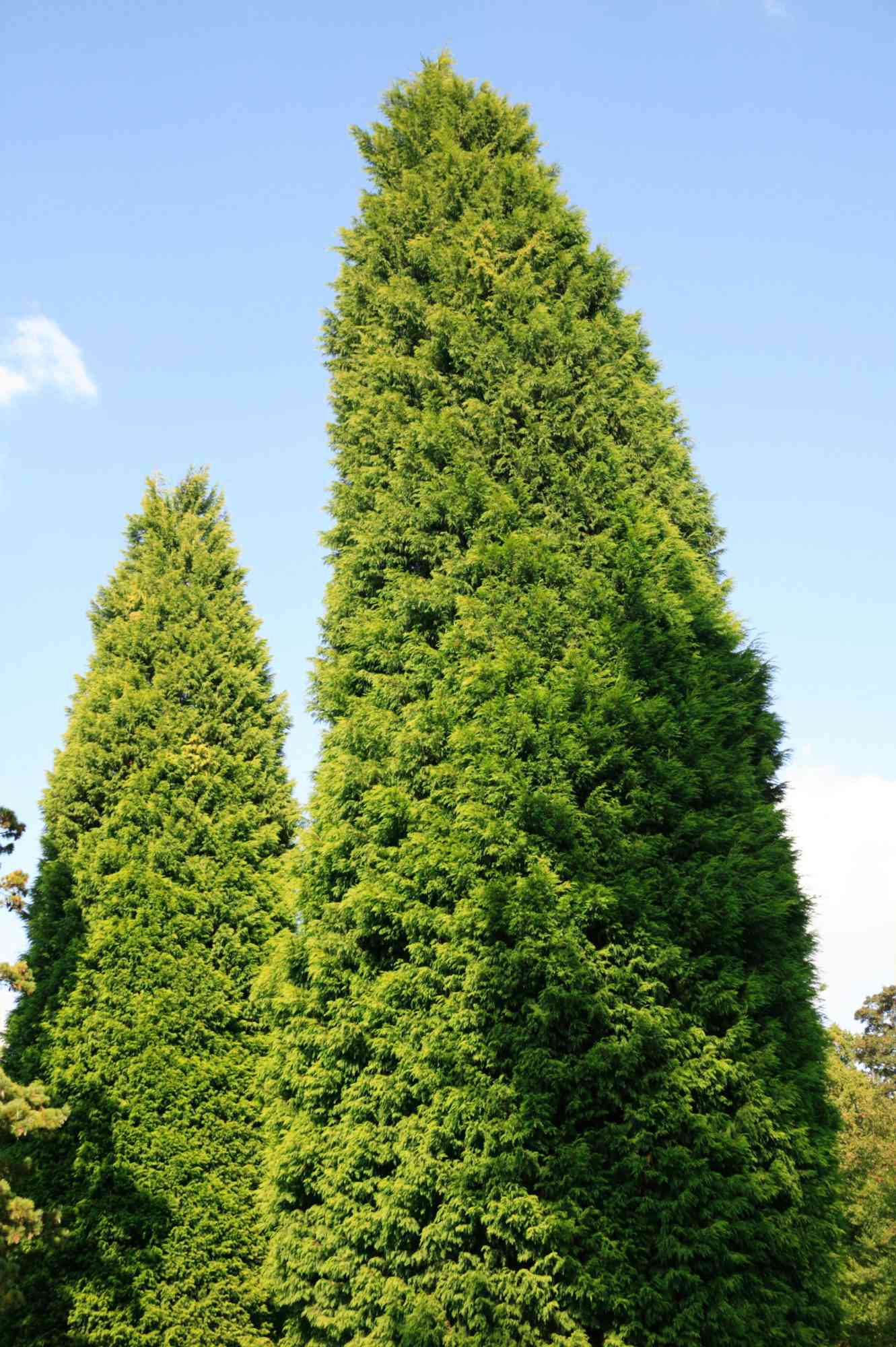
(x Cupressus leylandii)
This towering plant might seem like a great idea at the time, but it can be finicky to tend. Firstly, the shallow-rooted tree will keep growing and growing…and growing. It needs to be pruned consistently, or it’ll eventually reach the heavens. (Read: As tall as 60 to 70 feet.) In Grumpy’s opinion, «the only house big enough for this is Biltmore.» Secondly, it’s susceptible to canker, which will cause the green foliage to brown and branches to die.
Japanese or Chinese Wisteria

(Wisteria floribunda and Wisteria sinensis)
This popular lavender plant is quite the pretty picture, but make sure to grab the American Wisteria in lieu of these species. The aggressive vines will take over, alien invader-style, because Asian wisterias spread like wild fire. If you let them run loose in your yard, watch out. They’ll grow as tall as whatever they’re growing on, and keep going. Grumpy warns us of their tenacious tantrums that: «Tear off gutters. Bend iron railings. Strangle trees. Smother entire woods and hillsides.»
Ginkgo Biloba Tree

(Ginkgo biloba)
We fully swoon over the bright yellow leaves this tree takes on in the fall. Here’s the catch: Whatever you do, do NOT take home a female plant from the nursery. Not only is its dropped fruit incredibly messy to clean, but the then-rotting fruit gives off an offensive odor that is akin to vomit. Stick with males only, you hear?
English Boxwood
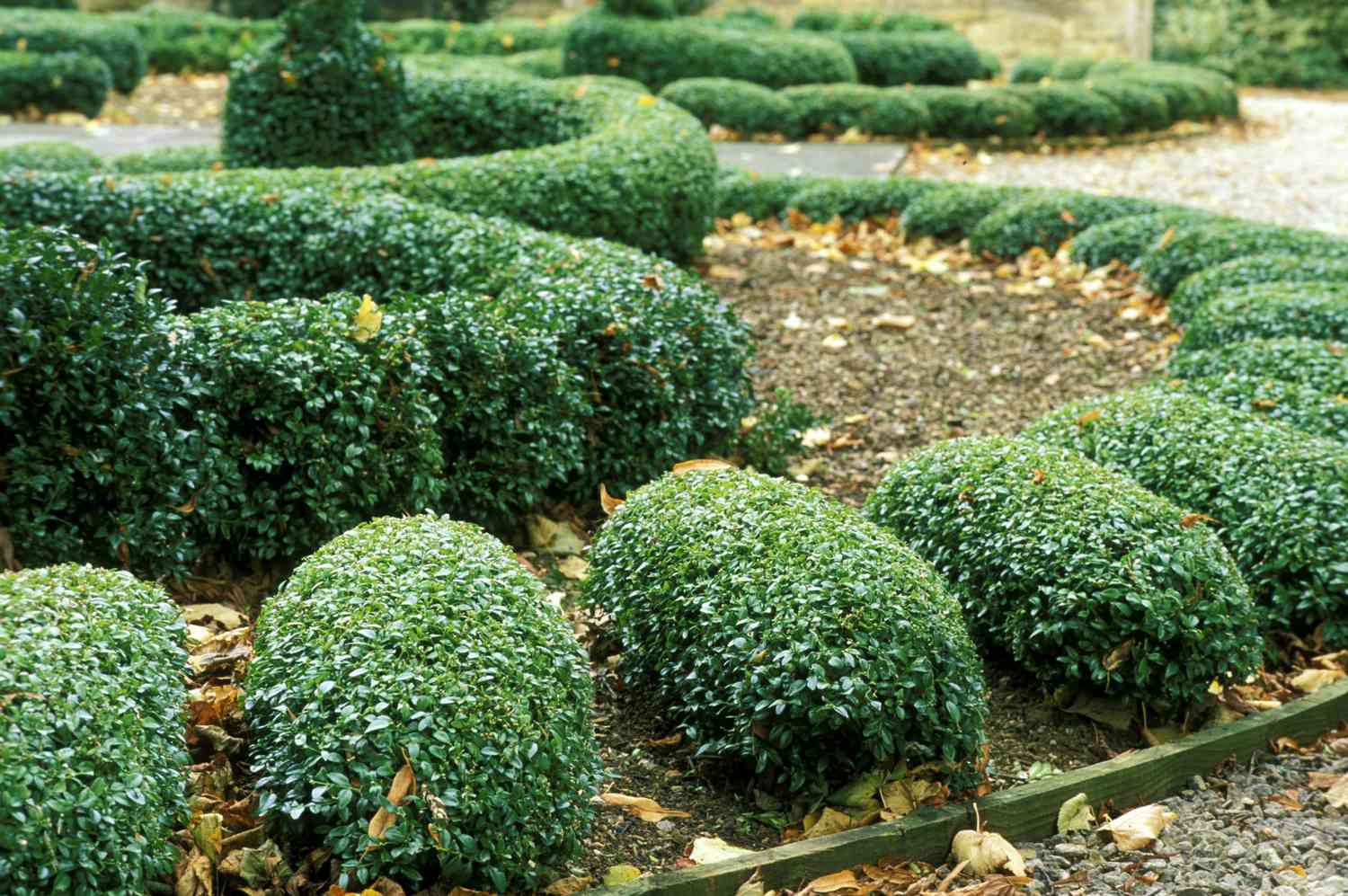
(Buxus sempervirens)
Before you pick up those boxwoods to flank your front door or border your garden, read the fine print. American or Japanese boxwood? You’re in the clear. English? Get ready to be catching whiffs of a litter box—because that’s what it smells like. Not the most welcoming of scents, in our humble opinion.
Sources
Southern Living is committed to using high-quality, reputable sources to support the facts in our articles. Read our editorial guidelines to learn more about how we fact check our content for accuracy.
- NC State Extension. Pyrus Calleryana.
- NC State Extension. Houttuynia cordata.
- NC State Extension. Albizia julibrissin.
- Texas A&M AgriLife Extension. Entomosporium leafspot of Photinia and Indian Hawthorn.
- Missouri Botanical Garden. Aurinia saxatilis.
- NC State Extension. Parthenocissus quinquefolia.
- NC State Extension. x Hesperotropsis leylandii.
- University of Florida Institute of Food & Agricultural Sciences. Wisteria.
- Oak Spring Garden Foundation. Ginkgo: a sexual curiosity.